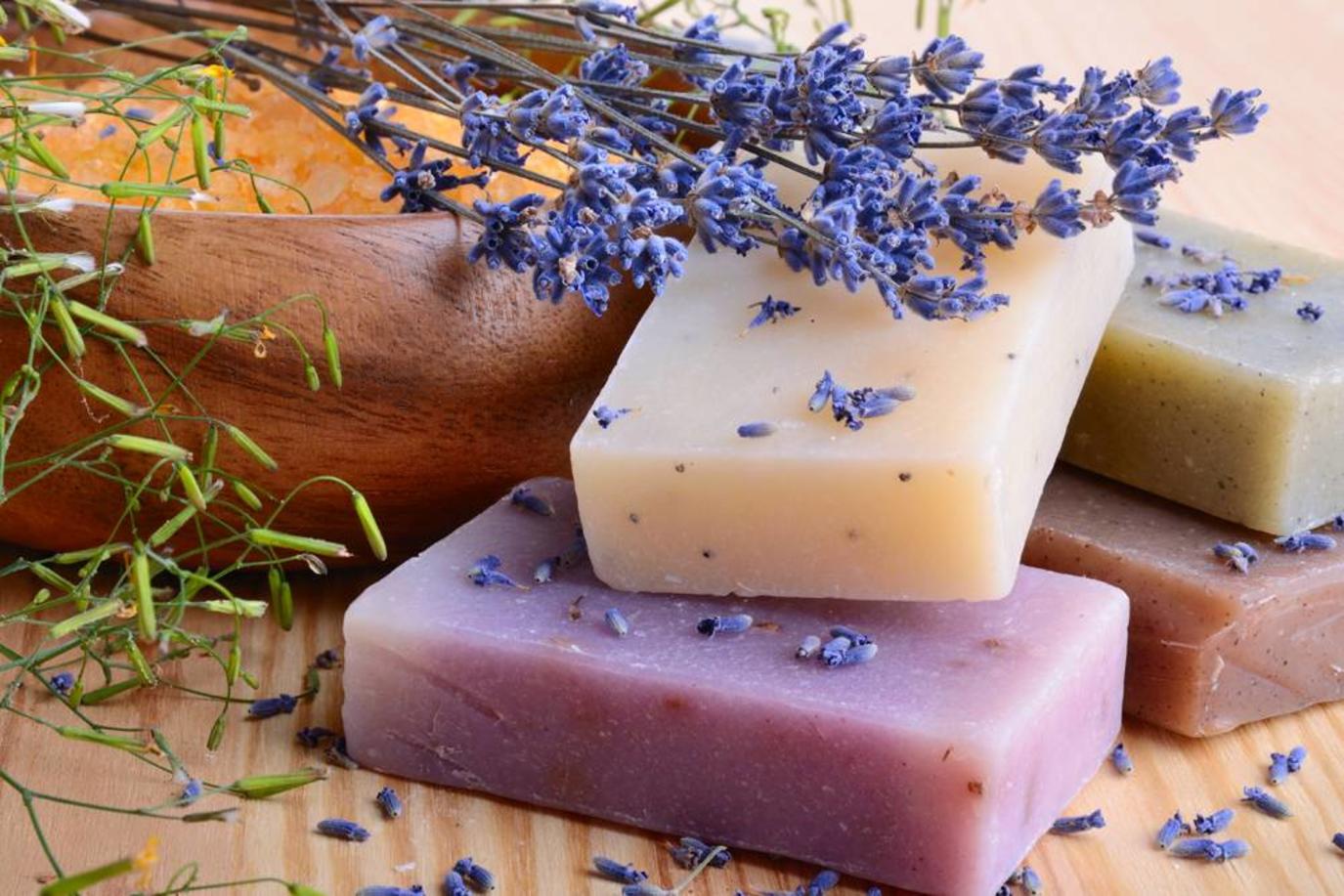
Managing oily skin can be a daily battle. From unwanted shine by midday to frequent breakouts and enlarged pores, those with oily skin know that using the wrong skincare products can make everything worse. The good news is that dermatologists have pinpointed specific ingredients that help control oil production, reduce acne, and maintain skin health without over-drying or irritating your complexion. Here’s a breakdown of top dermatologist-recommended ingredients that can help you build a skincare routine designed specifically for oily skin.
Understanding Oily Skin
Oily skin is primarily caused by the overproduction of sebum, the skin’s natural oil. While some oil is essential to keep your skin hydrated and protected, too much of it can clog pores and lead to acne. Factors such as genetics, hormones, stress, and even weather changes can trigger or worsen oiliness. That’s why ingredient selection is critical. Rather than attacking the oil with harsh cleansers and alcohol-based products, the key is using active ingredients that rebalance the skin without stripping it.
Salicylic Acid: Deep Pore Cleanser
One of the most commonly recommended ingredients for oily skin is salicylic acid. This beta hydroxy acid (BHA) works by penetrating deep into the pores and dissolving the buildup of oil, dirt, and dead skin cells. Regular use can help prevent blackheads, whiteheads, and acne, which are common problems for oily skin types. Salicylic acid is found in many cleansers, spot treatments, and exfoliants. Because it’s oil-soluble, it’s particularly effective for deeply clogged pores.
Niacinamide: Oil-Control and Brightening
Niacinamide, or vitamin B3, is another powerhouse ingredient for those struggling with oily skin. It helps regulate oil production, reduces inflammation, and improves the skin’s overall texture. It’s also known for its ability to fade dark spots and minimize redness, making it ideal for post-acne marks. In addition to balancing oil levels, niacinamide supports the skin’s barrier function, which can be weakened by overly harsh products.
Some formulations also combine niacinamide with zinc soap, which is known for its antibacterial and soothing properties. This blend can help further reduce oiliness while calming irritation, making it ideal for acne-prone skin.
Clay (Kaolin & Bentonite): Natural Oil Absorbers
Clay has long been used for its natural ability to draw out impurities from the skin. Kaolin and bentonite clays, in particular, are gentle yet effective at absorbing excess oil from the surface of the skin. They’re typically found in facial masks that can be used once or twice a week to detoxify pores and reduce shine. These clays don’t disrupt your skin’s moisture barrier, which makes them a smart addition to any oily-skin routine.
Zinc-Based Ingredients: Balancing and Soothing
Zinc plays a vital role in maintaining healthy skin. It offers both anti-inflammatory and antibacterial benefits, which are crucial for preventing and treating acne. Products that incorporate zinc can help control oil production, calm irritated skin, and promote healing. A popular choice among dermatologists for gentle oil control is zinc soap, which can be used regularly without causing dryness or sensitivity. This makes it an excellent option for both teenagers and adults dealing with persistent oiliness.
Retinoids: Regulate Skin Cell Turnover
Retinoids, derived from vitamin A, are excellent for controlling oil production and preventing acne. They work by increasing cell turnover and reducing the buildup of dead skin cells that can clog pores. Over time, retinoids can also help reduce the appearance of enlarged pores and improve skin texture. While they can be irritating at first, introducing them gradually into your nighttime routine can help your skin adjust. Always follow with a non-comedogenic moisturizer to prevent dryness.
Hyaluronic Acid: Lightweight Hydration
It may seem counterintuitive, but oily skin still needs moisture. Dehydrated skin can actually trigger your sebaceous glands to produce even more oil. Hyaluronic acid is a lightweight, non-greasy hydrator that draws water into the skin without clogging pores. It helps maintain a balanced complexion, making it a great base before applying other oil-controlling treatments.
Ingredients to Avoid for Oily Skin
When building a routine, it’s just as important to know what not to use. Heavy oils (like coconut oil) and comedogenic ingredients can clog pores and exacerbate acne. Additionally, alcohol-based astringents might give a temporary matte finish, but they often strip the skin, prompting it to produce even more oil to compensate. Stick to products labeled as non-comedogenic and oil-free to avoid unnecessary breakouts.
Building an Ingredient-Focused Routine
Creating a routine around these ingredients can transform your oily skin. Here’s a simple structure:
Morning Routine:
-
Gentle foaming cleanser with salicylic acid or zinc
-
Toner with niacinamide
-
Lightweight moisturizer with hyaluronic acid
-
Broad-spectrum SPF 30+
Evening Routine:
-
Cleanser (zinc soap or gentle exfoliating wash)
-
Treatment serum with retinoid or niacinamide
-
Moisturizer (non-comedogenic, oil-free)
Use clay masks 1-2 times a week to help control oil and keep pores clean.
Conclusion
Managing oily skin doesn’t have to be a guessing game. By incorporating dermatologist-recommended ingredients like salicylic acid, niacinamide, clay, and zinc-based products into your routine, you can balance oil production, prevent acne, and maintain a healthier complexion. Consistency and ingredient awareness are key give your skin time to adjust, and the results will follow.